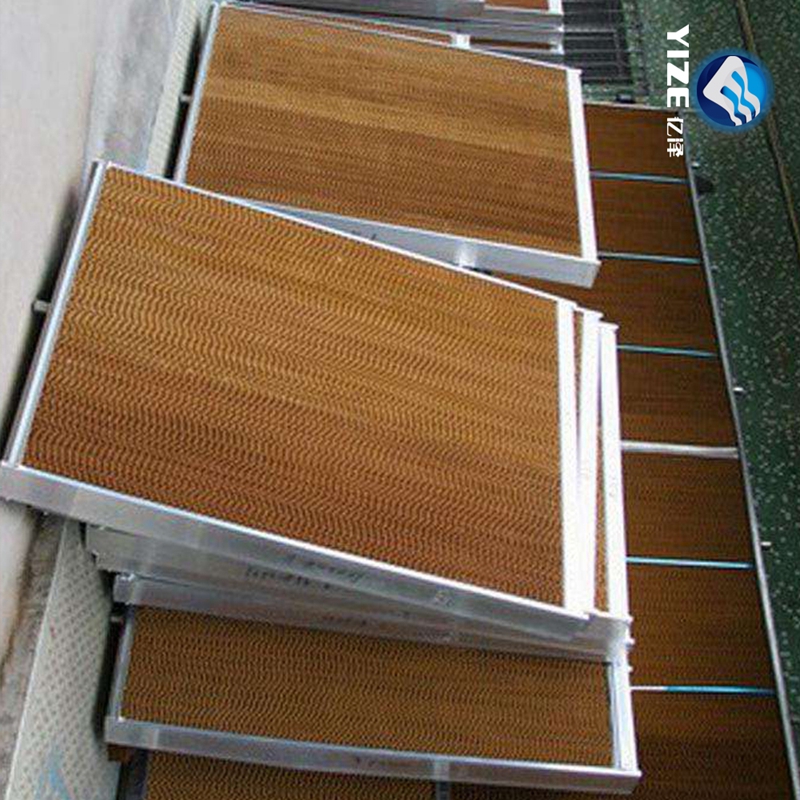Fish Feed Production Equipment for Efficient Aquaculture Operations and Enhanced Nutrition
ડીસેમ્બર . 17, 2024 23:16 Back to list
Fish Feed Production Equipment for Efficient Aquaculture Operations and Enhanced Nutrition
The Importance of Fish Feed Processing Machines in Aquaculture
In the rapidly expanding field of aquaculture, the importance of quality fish feed cannot be overstated. The nutritional requirements of fish vary significantly, and providing a balanced diet is crucial for optimal growth, health, and reproduction. This is where fish feed processing machines play a pivotal role, transforming raw materials into high-quality feed tailored to the specific needs of various fish species.
Understanding Fish Feed Processing Machines
Fish feed processing machines are specialized equipment designed to produce fish feed pellets, granules, or flakes from a variety of raw materials, including fish meal, soybean meal, corn, and other nutritional additives. These machines perform several functions, including mixing, grinding, pelletizing, and drying, ensuring that the end product is not only nutritious but also palatable and easy to digest for the fish.
Key Components of Fish Feed Processing Machines
1. Mixer The mixing phase is essential to achieve a uniform blend of the different ingredients. Various types of mixers, such as horizontal or vertical mixers, are utilized depending on the scale of production. A well-mixed feed ensures that each pellet contains a balanced ratio of nutrients.
2. Grinding Machine To create fine particles from raw materials, grinding machines are employed. This step is crucial as it increases the surface area of the ingredients, enhancing digestibility and nutrient absorption in fish.
3. Pelletizer The heart of the fish feed processing machine is the pelletizer, which compresses the mixture into pellets. The quality of pellets produced affects not only feed efficiency but also the health and growth rate of the fish. A good pelletizer will provide a uniform size and shape, which is vital for feeding practices.
4. Dryer After pelleting, the feed must be adequately dried to optimize shelf life and prevent spoilage. Dryers remove excess moisture, ensuring the feed remains stable under various storage conditions.
fish feed processing machine

5. Cooler After drying, a cooler helps to stabilize the feed, preventing it from becoming overly hot and preserving its nutritional profile.
Advantages of Using Fish Feed Processing Machines
1. Customization With the ability to control the formulation of feed, producers can tailor recipes to meet the specific dietary needs of different fish species. This customization is particularly important in aquaculture, where fish have varying growth rates and nutritional requirements.
2. Cost-Effectiveness Producing feed in-house using processing machines can be significantly more economical compared to purchasing pre-made feeds. This allows fish farmers to save costs while maintaining high nutritional standards.
3. Quality Control Owning fish feed processing machines enables producers to maintain control over the quality of ingredients and the production process. This results in higher-quality feed that can lead to better fish health and higher yields.
4. Reduced Waste By efficiently processing raw materials, fish feed production can minimize waste and optimize resource use. This not only benefits the environment but also enhances the profitability of aquaculture operations.
Conclusion
As the demand for seafood continues to rise globally, the role of fish feed processing machines becomes even more critical. By enabling the production of high-quality, customized fish feed, these machines contribute significantly to the sustainability and profitability of aquaculture. Fish farmers who invest in modern feed processing technology are better equipped to meet the challenges posed by the growing aquaculture industry, ensuring that they provide nutritious and effective diets for their fish while optimizing their operations. In the long run, the integration of fish feed processing machines will play a vital role in shaping the future of fish farming and enhancing food security worldwide.
-
High Performance Exhaust Fan – Efficient Ventilation Solutions for Home
NewsJun.10,2025
-
High-Quality Gestation Pen for Sows Durable Mobile Pig Pen & Simple Pig Pen Solutions
NewsJun.10,2025
-
High Quality Rabbit Cage Double Tier Designs & Welded Wire Mesh Supplier
NewsJun.10,2025
-
Floating Fish Feed Machine - High Efficiency Floating Fish Feed Extruder for Small Scale Production
NewsJun.10,2025
-
Premium Poultry Housing Solutions Mobile & Commercial Free Range Options
NewsJun.10,2025
-
Industrial FRP Fans Corrosion-Resistant Blades & Centrifugal Systems
NewsJun.09,2025






